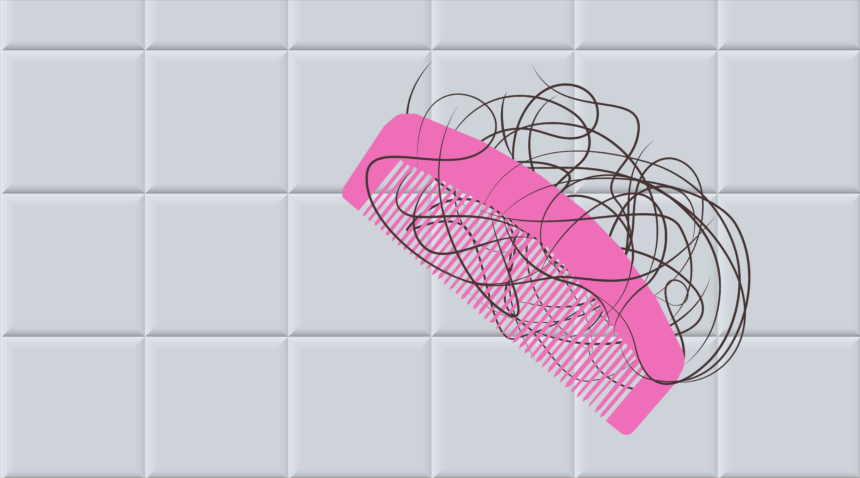Learn more about recognizing and treating alopecia areata.
People with alopecia areata experience hair loss that’s more extreme than the typical shedding most humans do every day. If you have it, you might notice excess hair in your shower drain or hairbrush or see quarter-sized bald spots on your scalp or body.
There are different types of alopecia, a condition that causes hair loss, but alopecia areata is among the most common. It’s an autoimmune medical condition that typically causes hair to fall out in small, round patches. While it is not a threat to health—it does not make you sick or contagious—it can be emotionally distressing.
There is no known cause for the condition or way to prevent it. It affects men and women equally across all ethnic groups, as well as children. About 6.8 million Americans have or will develop alopecia areata.
“This is an autoimmune phenomenon where your immune system, for reasons that we don’t entirely understand, mounts an immune response to the regenerative portion of your hair follicle,” says UNC Health Care dermatologist Amy Fox, MD.
In other words, if you have alopecia areata, your immune system begins to attack your hair follicle, which slows down hair production. It can affect hair on your scalp or elsewhere on your body. Hair often grows back but may fall out again. Sometimes the hair loss lasts for many years.
Treatment Options for Alopecia Areata
Treatment options vary depending on age and the severity of the condition. If you have a less severe case, your physician may prescribe steroids, either applied topically or injected into the affected area.
If you have a more severe case of alopecia areata, your physician may prescribe oral medications.
Your physician will work with you to determine the best treatment plan.
Who Treats Alopecia Areata?
Alopecia areata does not produce any symptoms, such as an itchy or painful scalp, and it may occur in a part of your scalp that you don’t even notice. A patient’s hairdresser or barber is often the first to notice areas of hair loss.
If you find a missing patch of hair, it’s best to see a dermatologist for treatment. If you have been diagnosed with alopecia areata, Dr. Fox recommends visiting the National Alopecia Areata Foundation website.
“It’s an excellent resource to bring patients and their caregivers together,” Dr. Fox says. “And they help you feel less alone and provide a community for people who have a similar affliction.”
If you’re concerned about alopecia areata or other types of hair loss, talk to your doctor. Your doctor may refer you to a dermatologist. If you need a doctor, find one near you.

